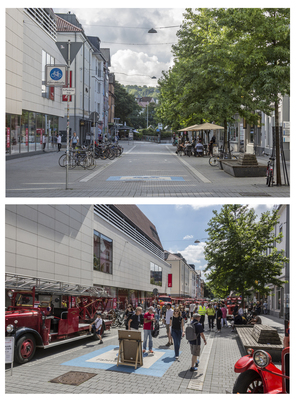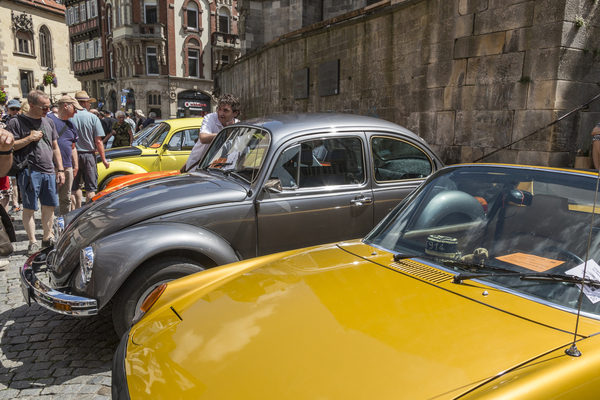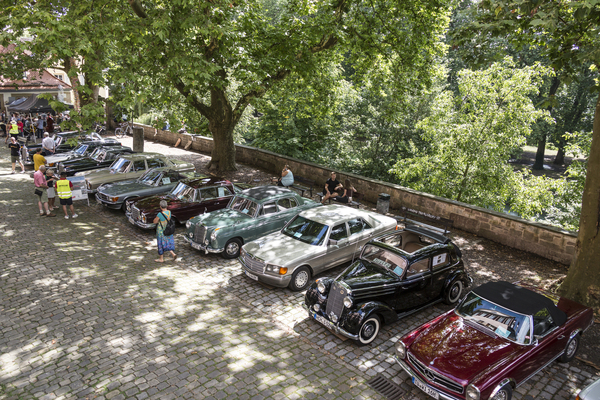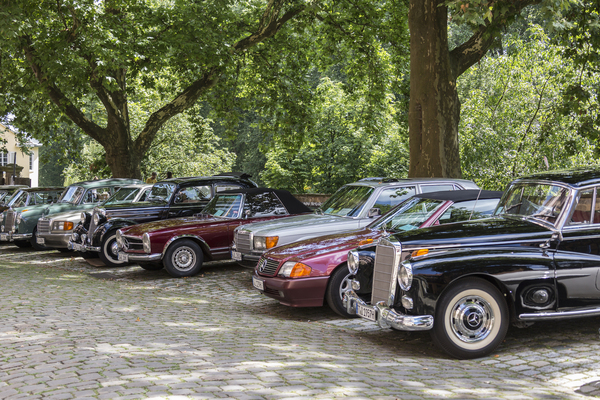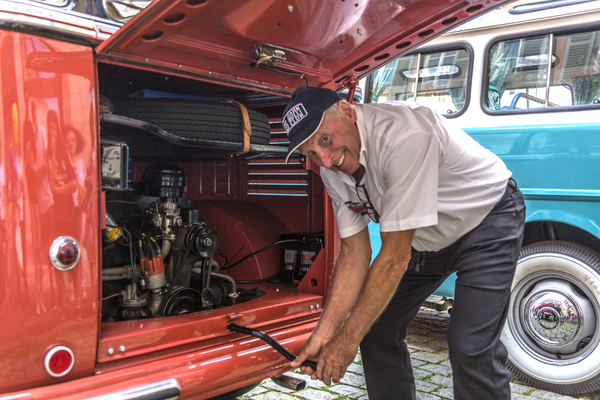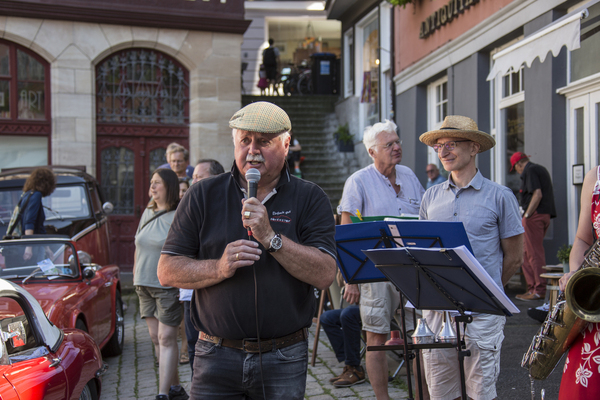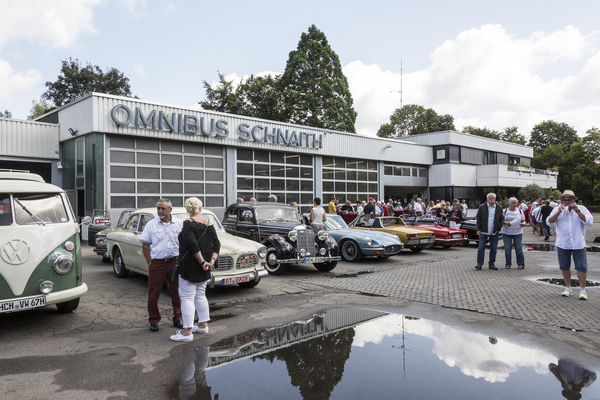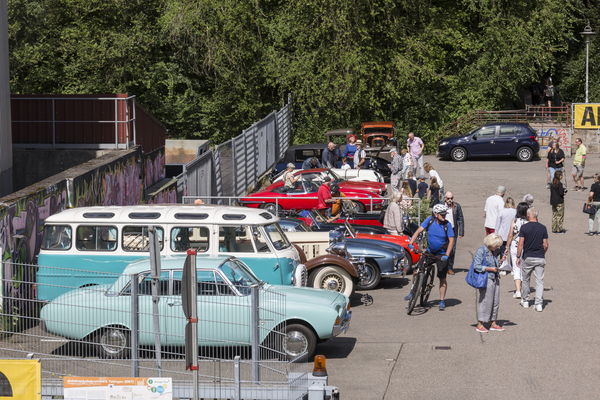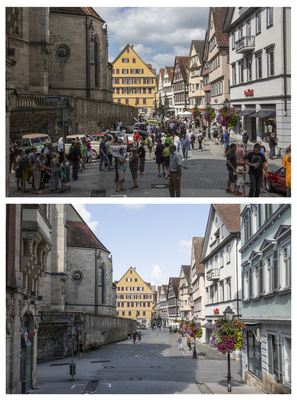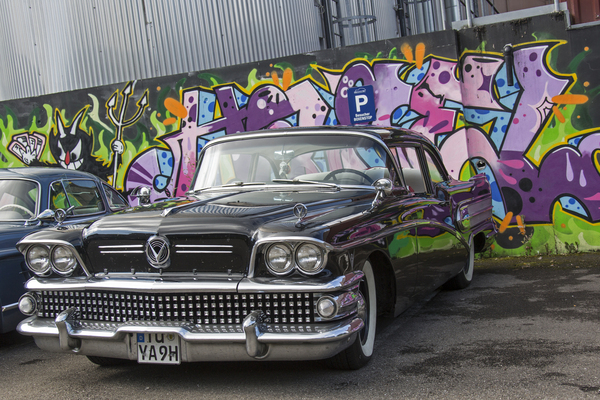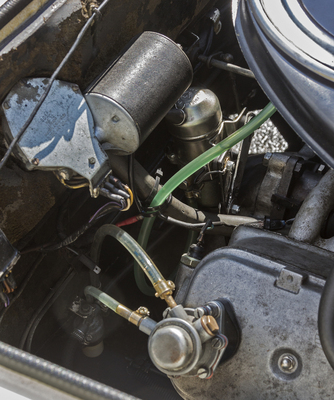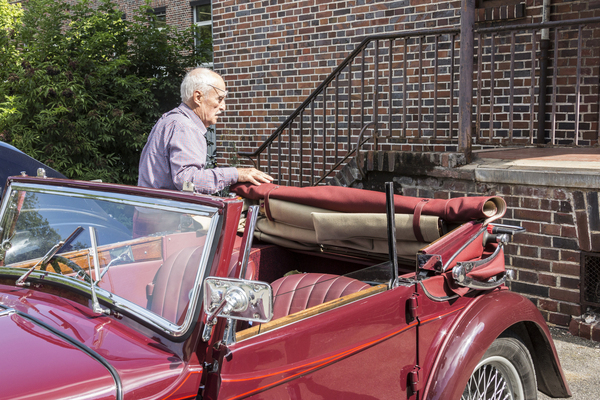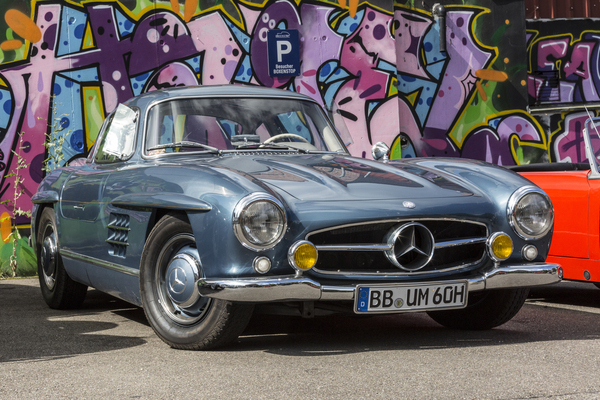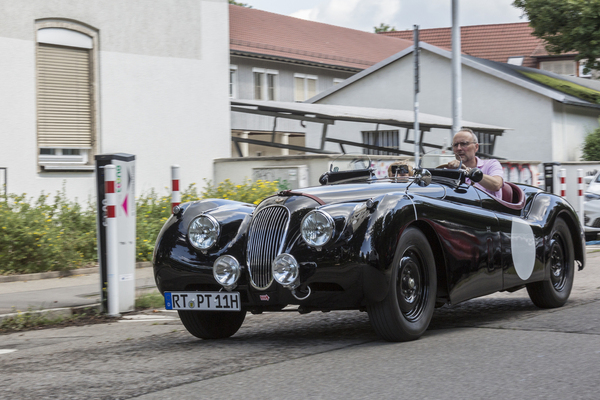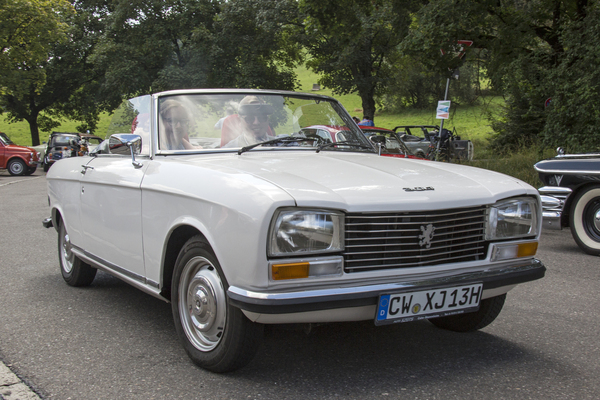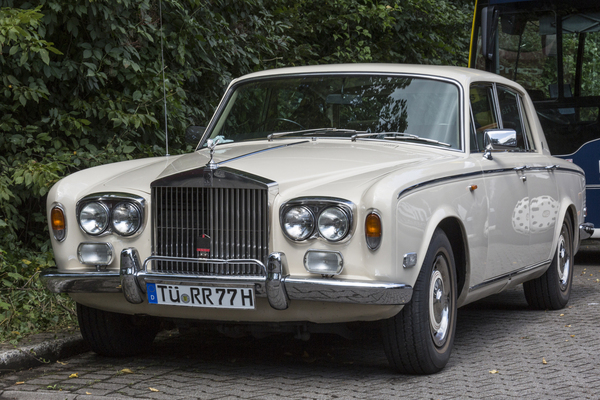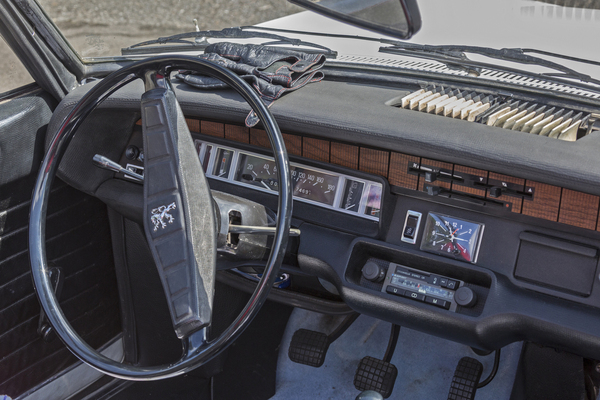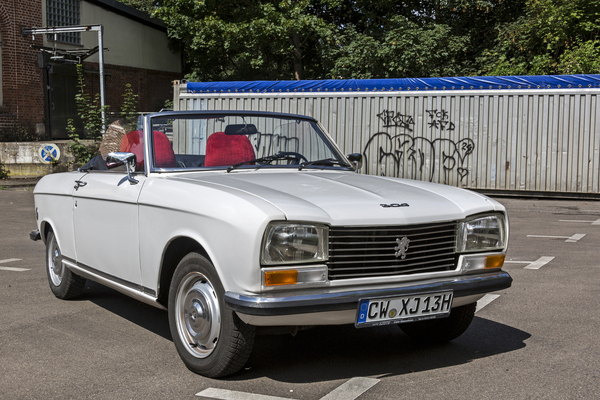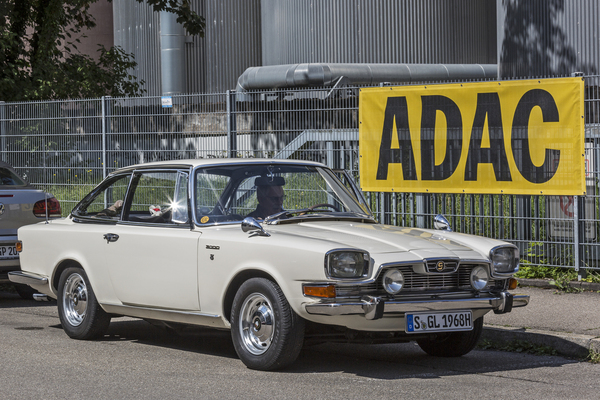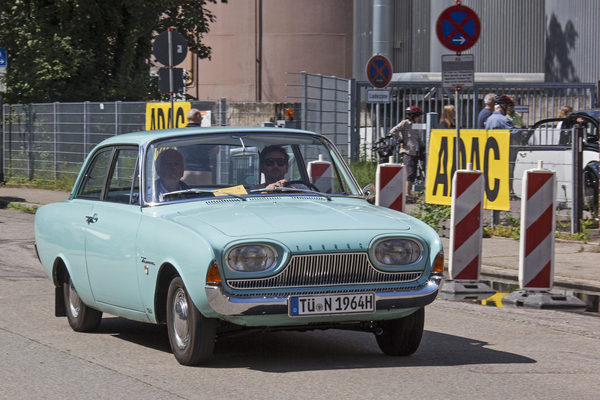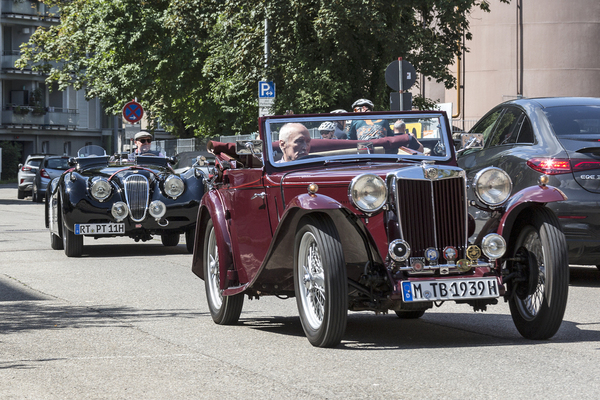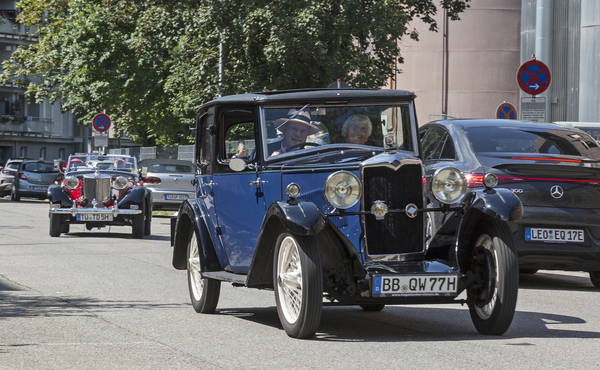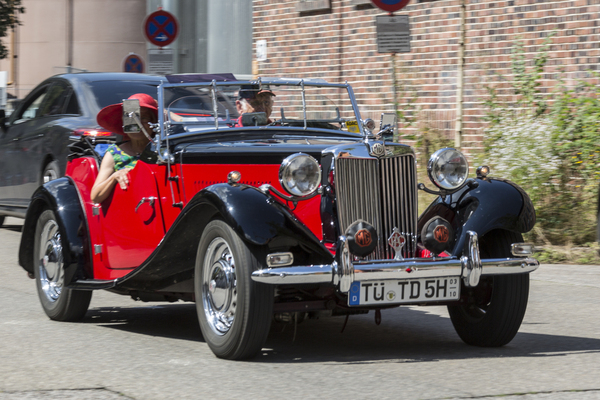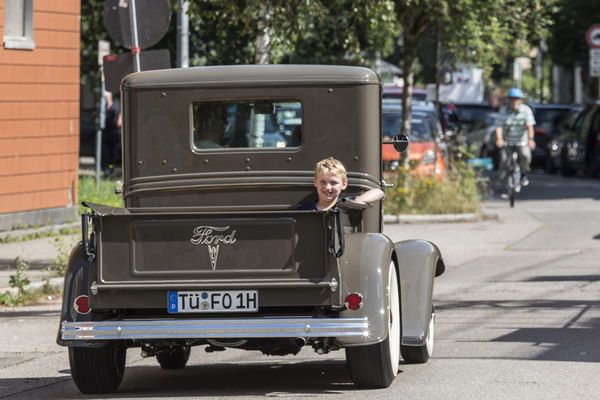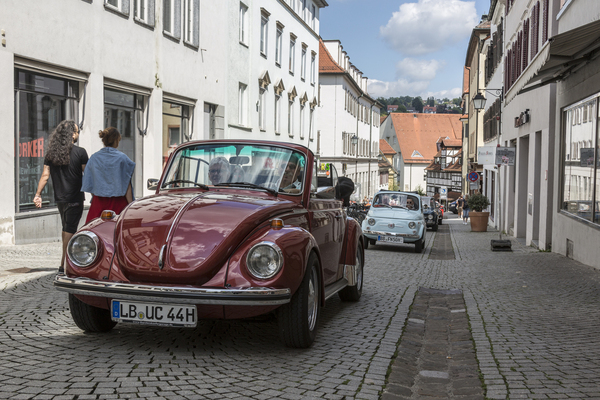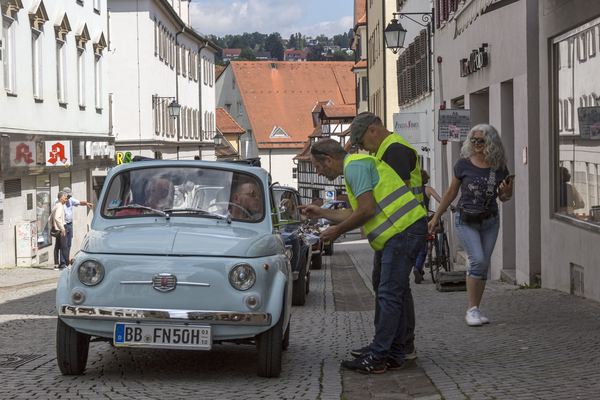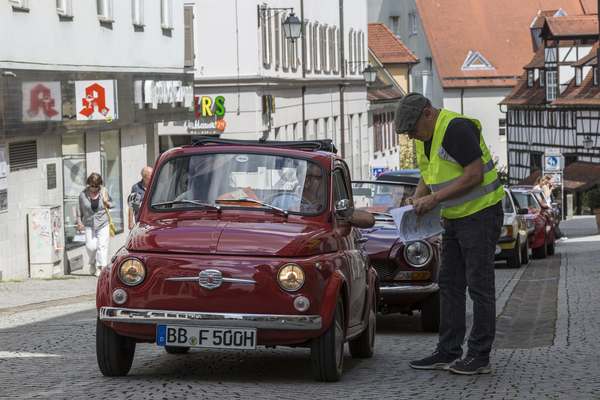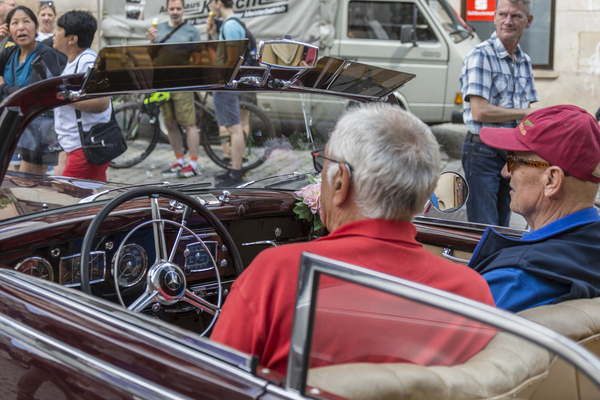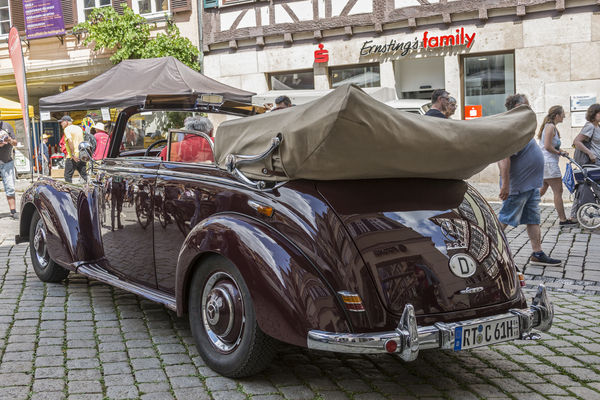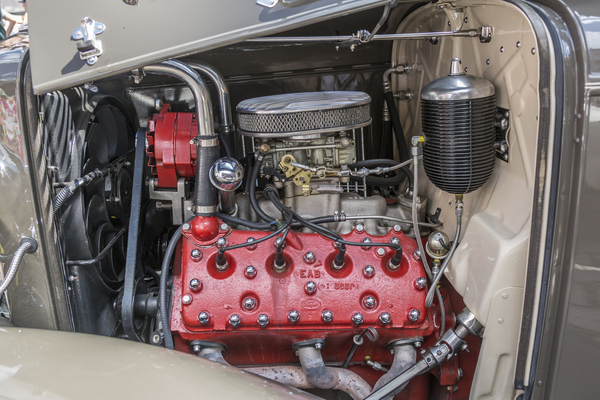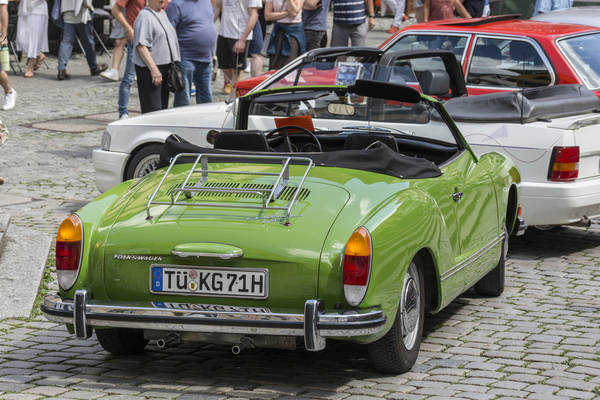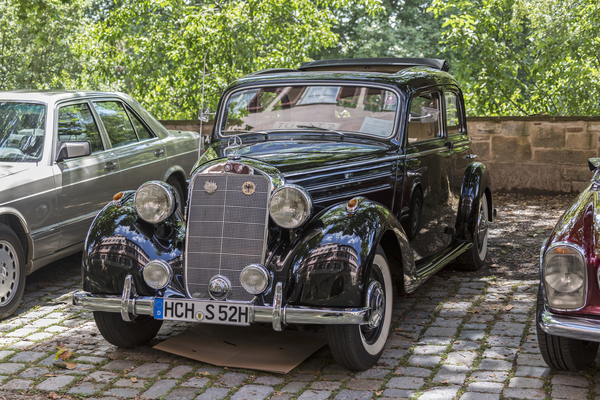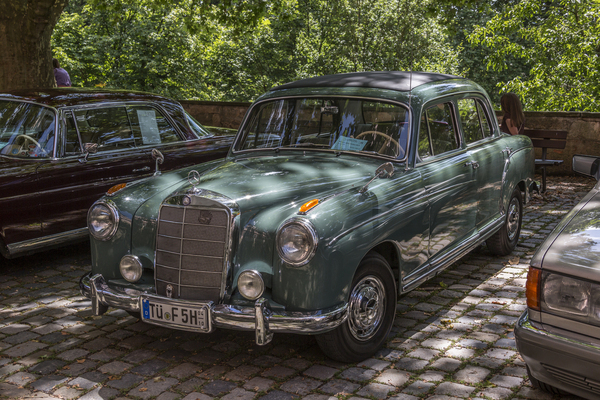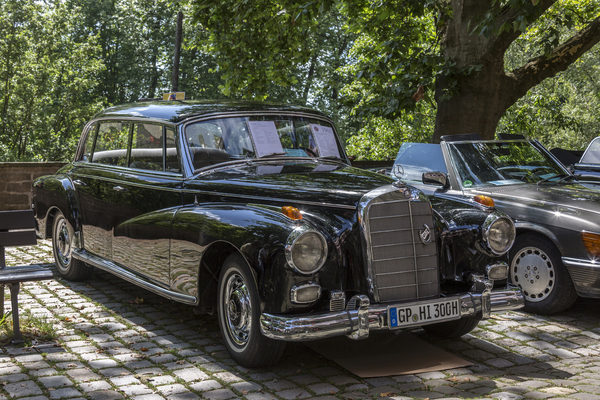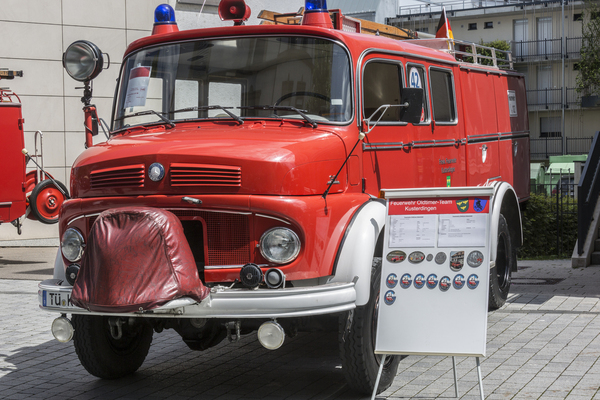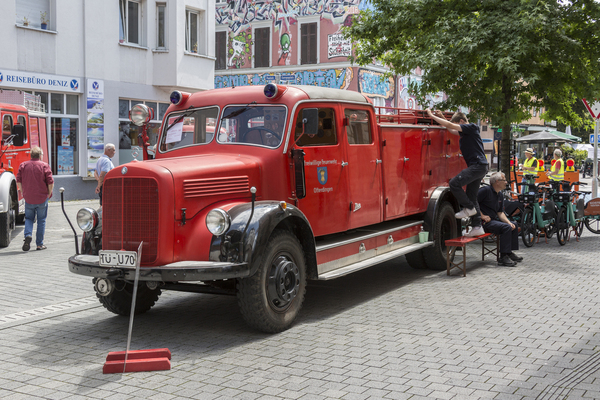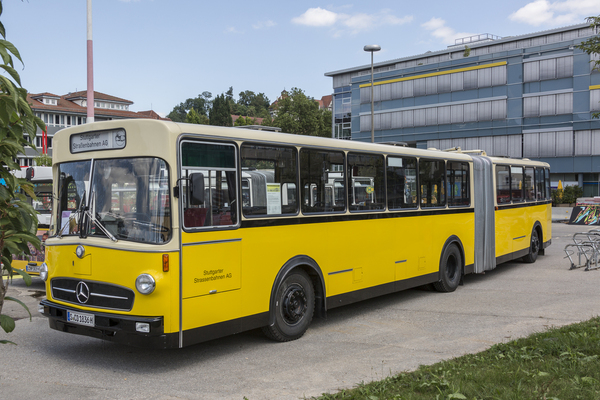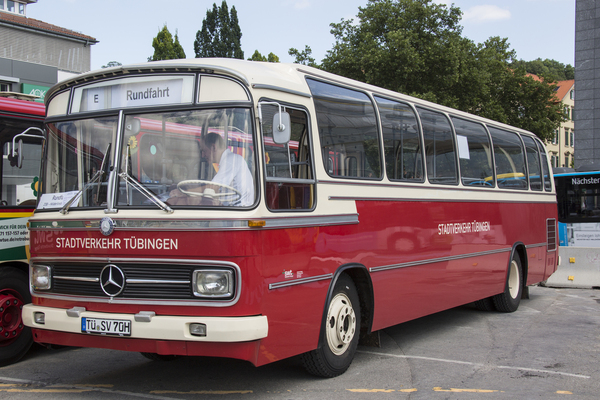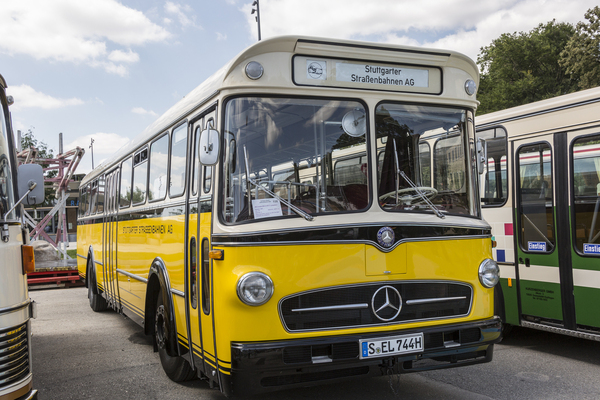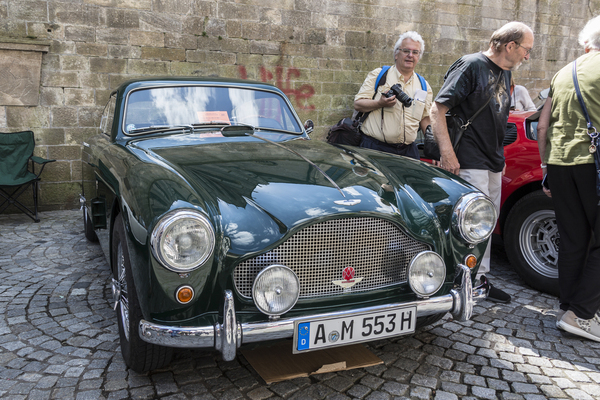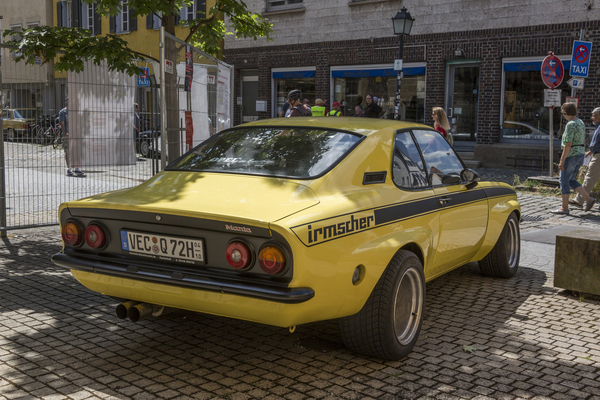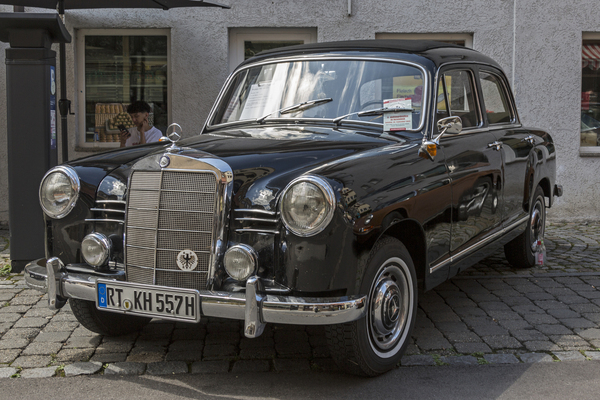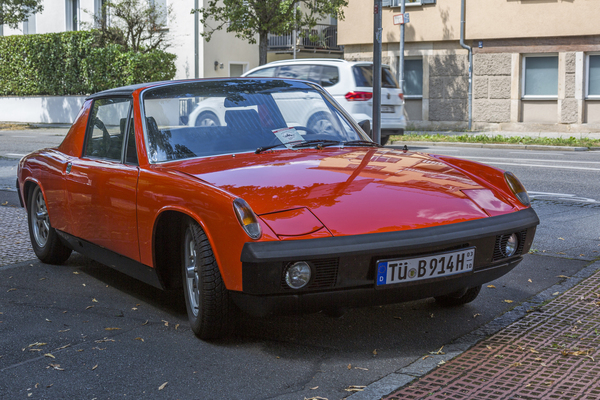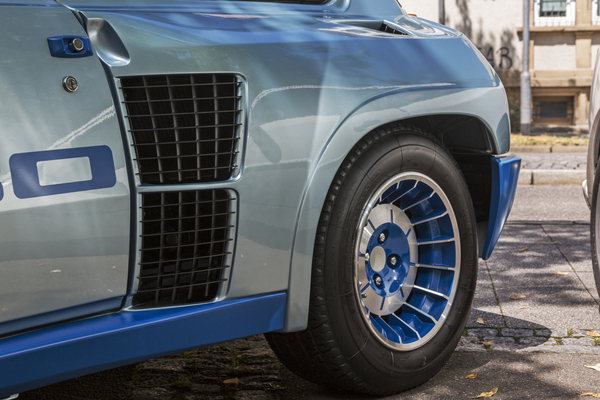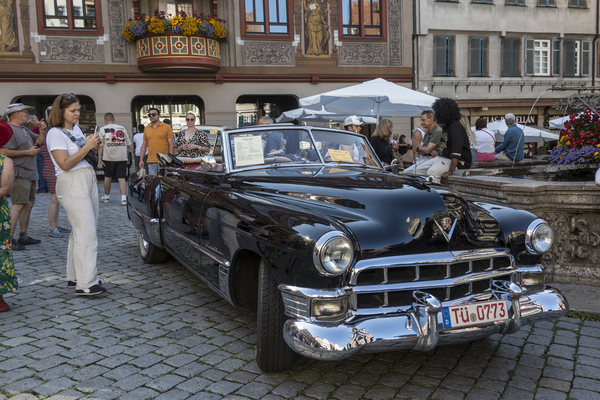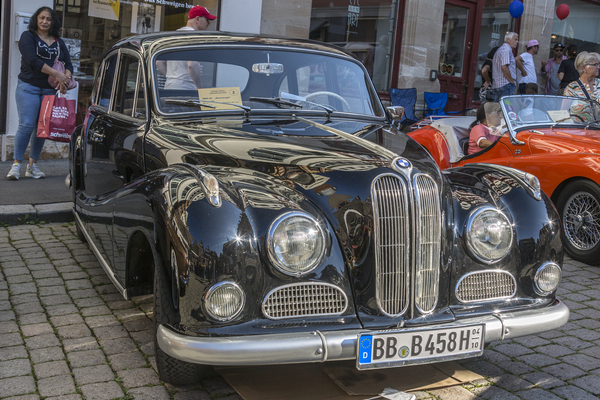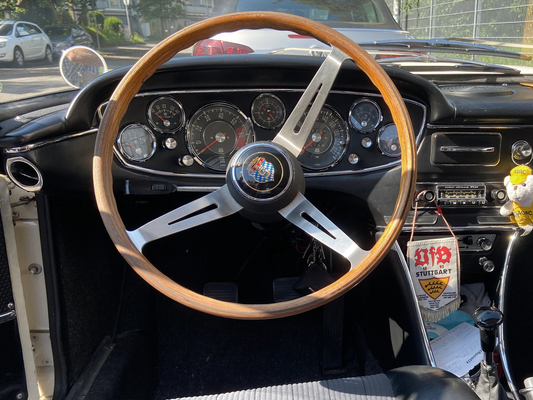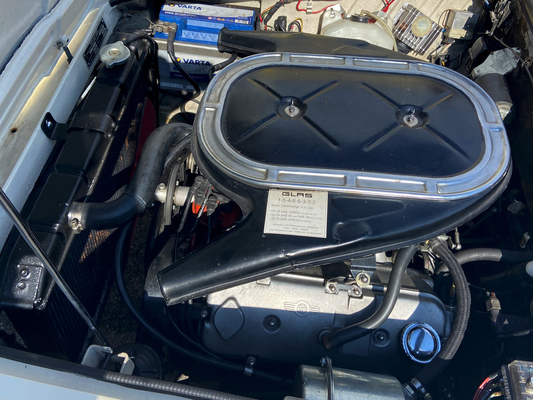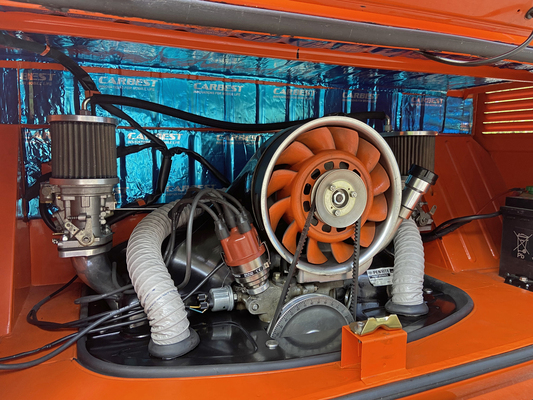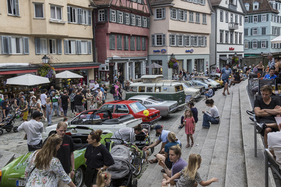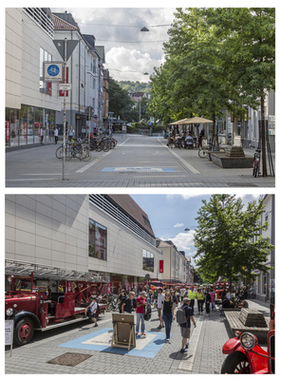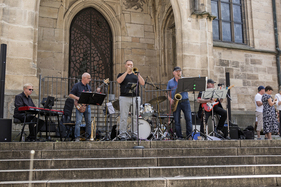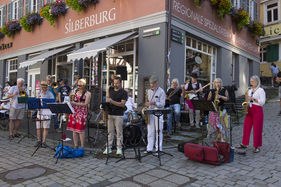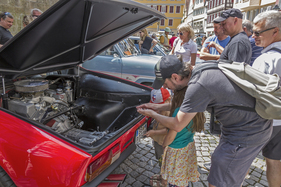After last year's successful first event , we were excited to see what Rainer Klink and his team from the "Boxenstop" car and toy museum would come up with for the second "Tübingen Classic Oldtimer Festival".
The cooperation with the Allgemeine Schnauferl-Club Württemberg-Hohenzollern, the Neckar-Alb-Schönbuch classic car enthusiasts and the ADAC local group in Tübingen also worked extremely well in 2024. The concept of not holding the event in an industrial area or on a greenfield site, but instead using the old town of Tübingen, was a complete success once again this year. Of the 200 registrations from Germany and Switzerland, unfortunately only 130 vehicles could be admitted due to lack of space. Efforts were also made to avoid showing the same type of vehicle more than once.

The first classic cars arrived in Tübingen at 10:00 a.m., either in front of the Pit Stop Museum or at the Schnaith bus company's depot - depending on where they were to be parked later in the old town. A sensible pre-sorting makes organization easier. Despite a separate parking lot for visitors in front of the museum, there is not an infinite amount of space.
Shortly after 11:00 a.m., we set off for Tübingen's old town, where the vehicles were set up according to the plan - an exercise in patience given the narrow alleyways in Tübingen. The event officially started at 12:30 pm. In the meantime, the city center had filled up noticeably, which is not something you are used to here on Sundays.

"You collect the cars you looked after as a child," is Rainer Klink's opinion. The young visitors proved him wrong, at least as far as their interest was concerned. The children had a lot of fun with the classic cars and constantly challenged the exhibitors. Reinhard Katz from nearby Filderstadt had to keep turning the crank of his VW T1 to show the children how cars used to be started "by hand". The perfectly restored VW bus had once been purchased by his father, as the Beetle simply didn't offer enough space for seven children. The little visitors were particularly interested in exploring the inside of the "Samba".
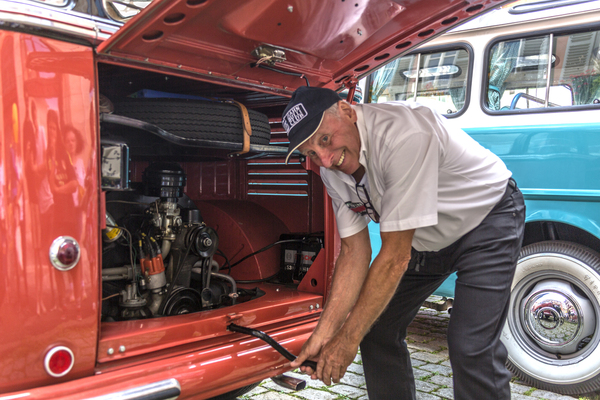
The oldest car was once again probably Max Birnbreier's Bugatti: a Type 37 from 1927. There was something to see from every automotive era, including a BMW 318i Cabriolet from the E30 series. The public's favorite also came from Munich: a BMW 501 from 1958 was the visitors' favorite.
Cars and their stories
The reasons for driving a classic car vary. The driver of the black 1958 Buick Special fulfilled his childhood dream for his 50th birthday. The five-liter V8 produces 200 hp and has been used on long-distance trips for four years now. The engine purrs like it did on the first day. Only the alternator and starter have had to be replaced so far. The only headache has been finding a replacement for the faulty speedometer.

Things are different for the owner of the red MG TB built in 1939. He has been driving it for 40 years and needed around three hours to get there from Munich. Apart from his hearing aid, he had everything he needed with him. A small repair to the tail light was therefore no problem.
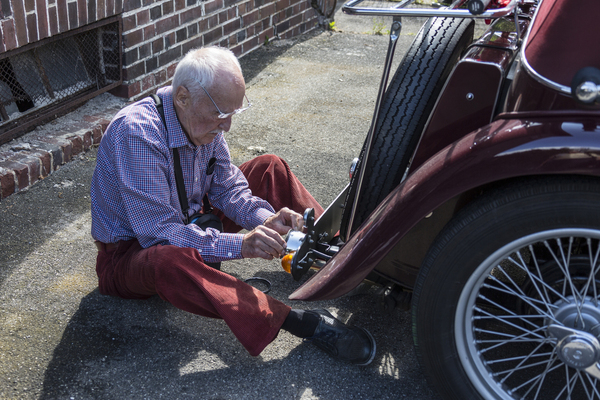
The owner of the BMW-Glas 3000 V8 also had an interesting story to tell. Twelve years ago, while renting a garage for his son, he came across the vehicle, which had not been moved for 35 years. It took some time to register it, as the owner's divorced wife had "left the car's papers and keys to the Neckar" in exasperation. The tank, which had not been emptied, had successfully defied the rust. Apart from the usual work such as an oil change, new battery and brake fluid etc., no major efforts were necessary to get the car running again. Even the three carburetors worked spontaneously without any faults.
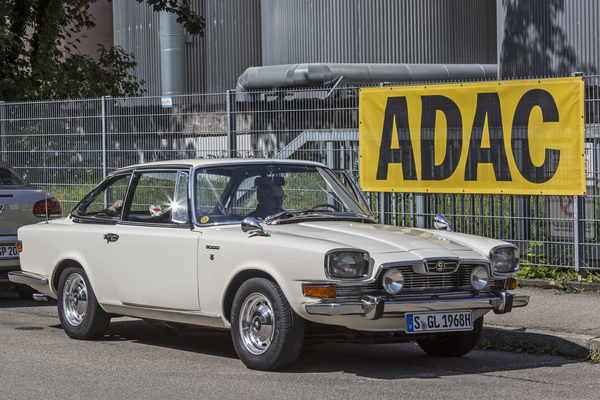
Only the decommissioning of the fuel pump mounted on the valve cover was necessary to avoid starting problems due to vapor bubble formation. Replacing it with a lower-mounted electric version eliminated this problem. No further repairs have been necessary to date. The collection of parts from a slaughtered vehicle and the Glas Club's fund ensure the supply of spare parts for the vehicle, of which only a few are still registered in Germany.
Fire department and art on the bus
The classic car scene has discovered the fire departments. Former district fire chief Hermann is known as a lover of "old fire department treasures". He made sure that various local fire departments cleaned up their classic cars and presented them in Tübingen. "You can still tell that the old fire engines are fire engines. Today, you can often only recognize them by their paintwork," he lectured. The children were correspondingly enthusiastic. A dozen vehicles from the years 1920 to 1970 were on display. The turntable ladder attracted particular attention, even though it was not allowed to be climbed on.
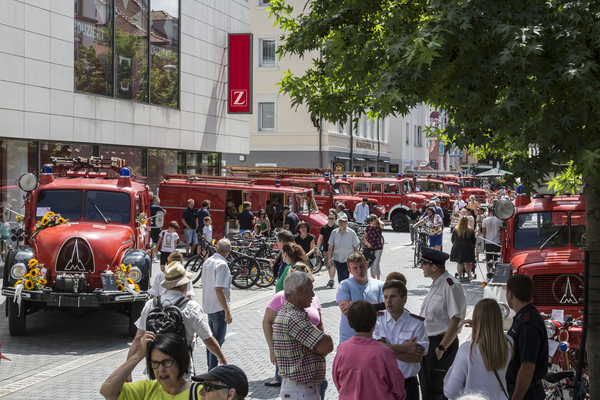
Those who wanted to see other historic giants did not have far to go to the new bus station. Numerous classic buses and coaches had arrived from Stuttgart and other places. The Schnaith company invited visitors to take a free tour in an older bus that has traveled all of Tübingen's roads. A Mercedes-Benz O 305 G articulated bus, which was used by the SSB in Stuttgart, also came to Tübingen. The vehicle, which was decorated with a painting called "Gentle Chaos" by American artist Lowell Boileau, has been on the road as an "art bus" ever since. A much smaller Neoplan ND 6, built in 1973, from the museum collection of the Auwärter Automobile Park was also put under the microscope.

Time to treat yourself to a little break in Bursagasse next to an armada of different Mercedes-Benz models. The varied outdoor catering was particularly popular this weekend. The Tübingen retailers had revived the 20-year-old concept "Tübingen geht vor die Türe". Many visitors who probably wouldn't have gone into the stores were happy to help themselves outside in front of the stores.
Out and about with a birthday present from mom
Beaming with joy, a couple sat in a Peugeot 304 convertible that they met at a Peugeot regulars' table. The car itself was delivered in 1972 and traded in ten years later. It was a gift that the passenger's mother once received for her 18th birthday. The car means a lot to her, but she also looks forward to the next generation driving the 1085 kg car. 65 hp from 1279 cc is more than enough.

The owner of an Aston Martin DB2/4 Mk. III came to his car 16 years ago via an Austin-Healey. While his son is busy cleaning the wire wheels, we take a look at the six-cylinder engine with two overhead camshafts, which has been doing a good job since 1958. All wearing parts are still available. If things do get tight, there are still plenty of parts available "on the island". Only the crankshaft should not be discontinued, as it would be difficult to replace.
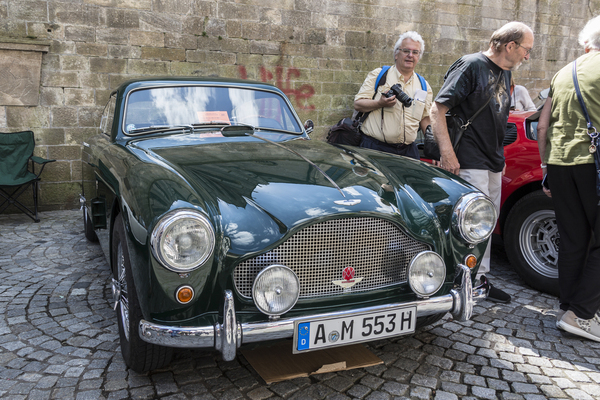
Officially known as the Type 147, the small delivery van commissioned by the post office from VW is popularly known by the nickname "Fridolin". Allegedly, an employee at Westfalia is said to have said "it looks like Fridolin" when he saw the car. Others claim that it was due to a visual resemblance to the MKB 52 "Fridolin" motorized trolleybus. Who knows?
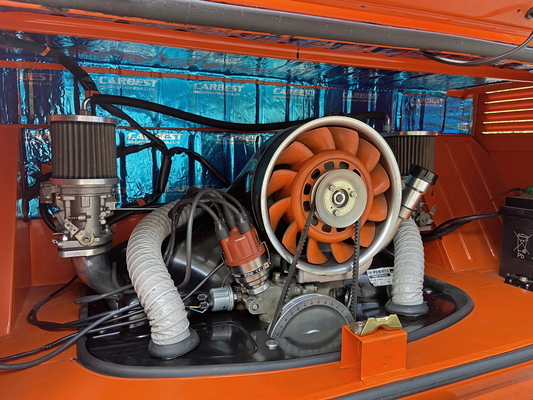
The vehicle, which arrived in Tübingen, was purchased as a jigsaw puzzle and took three years to restore and assemble. The engine with approx. 90 hp and vertical Porsche blower was retrofitted, as were the belts and seats from the Porsche 911. All these conversions can certainly be regarded as "historically correct". In the 1980s, conversions of these vehicles with VW Type 4 engines were en vogue. At that time, the mechanical engineering student at the time also fell in love with them.
So Rainer Klink is right after all: you collect the cars that fascinated you in your early youth.

A BMW Baroque Angel was voted the public's favorite, which also says a lot.




